
COLD THERAPY
Cold therapy can be controversial, so today we’re looking at what it can really do for you—touching on both the science and the real-life advice!
Cold therapy isn’t just for athletes—it’s a system for recovery that may help us all. It affects different components:
Tendon Elasticity
Tendons exposed to increased heat become lax, while tendons exposed to cold become more resilient to stretching. This effect requires prolonged immersion, so ice packs alone won’t do it. Cryotherapy and cold water are more effective. These potential changes will also affect the function of tendons.
Here is an example of proper protocol:
You will experience changes at the cellular and vascular (blood vessels) levels—including inflammation, pain, and fluid accumulation around the joint.
Inflammation
Cold therapy is a noteworthy application for inflammation. It reduces blood flow to the treated zone and therefore reduce inflammation. The timing of cold application, although crucial, remains debatable. Inflammation isn’t bad per se; it’s how your body protects and repairs stressed or damaged tissue after exercise or injury.
Cold therapy might be a form of inflammation-control which should be used for joints, rather than muscles. Muscles do need an inflammatory response to repair daily damage. It is important not to counteract the important inflammatory phase that is important for healing post-training. Studies suggest it should only be used on specific areas, mainly joints to avoid debilitating inflammation.
Pain reduction
Cold therapy should be used specifically to reduce pain (we call this an analgesic effect). Ice packs are a classic example for superficial aches and pains. They reduce swelling in the area and can be used to temporarily numb sharp pains. Additionally, in the joints during acute tweaks or strains, cold application can be useful. At a larger level, it can also work by reducing whole-body inflammation. (More information in the health section of Almost Perfect) This is all about feelings so try it yourself and see how it affects you.
Oedema reduction
Oedema is the build-up of fluid around a joint or tissue of an injured area. Oedema often suggests that a local inflammatory process is proceeding; this swelling is the result of the increased movement of fluid and white blood cells into the injured area—including micro-injuries created by intense training.
Research suggests that cold therapy is effective in reducing oedema. This clearance supports your transition from stress to recovery and can reduce the discomfort—or intense pain— of swelling around joints.
24hr recovery of jump height
Cold therapy may also be useful in the short-term recovery of power and performance after exercise. A study published in the Journal of Strength and Conditioning Research found that cold therapy improves recovery of performance after exercise, beating fatigue to help you get back to your best sooner. They tested this in counter-movement jumps—like box jumps—which rely on loading tendons. This effect doesn’t apply over longer periods, however, so it is best between practices to maintain performance.
24- and 72-hour reductions in subjective measures
What does persist over 72 hours of testing is the subjective measure of preparedness, discomfort, stiffness and soreness in athletes.
Especially in highly skilled movements—like ballet, acrobatics and performance art—how you feel is crucial to performance. Feeling stiff, limited or uncomfortable can change your confidence in movement, your connection from mind to limbs and your control over your movements. Cold therapy can improve these measures for up to 72 hours, leaving you ready to move at your best!
Metabolism, circulation and electrolyte turnover
Ice bath for a 6 packs? Cold therapy may also help metabolism in muscles and connective tissue. After cold exposure, your circulation and metabolism in muscles and tendons improve, you burn more calories. It restricts blood flow in the short term but improves clearance afterwards, flushing tissues with nutrient-dense blood. This can reduce muscle spasm risk and clear out residual calcium ions in the muscles—a major risk for cramping and post-exercise muscle damage.
Contrast therapy
Contrast therapy involves exactly what it sounds like: alternating bouts of hot and cold application to improve recovery. Contrast therapy has been shown to desensitise areas to pain, improving freedom of movement and reducing joint stiffness.
After intense exercise, contrast therapies make for amazing clearance for muscles while improving blood flow to the joints. This helps clear out those residual electrolytes mentioned above, as well as lactate and pyruvate, returning your muscles to a resting condition and relaxing them for better recovery. Joints typically have a low blood supply so combining movement and contrast therapy is a great way to improve circulation and support the strengthening process.
Conclusion
It’s easy to become confused about cold therapy as the literature and use has changed a lot over recent years, but it’s an interesting way to change how you feel and perform in the short-term. Use cold therapy for feelings of soreness, swelling and stiffness. It improves how you feel and can really help you “reset” after tough training. More extensive health benefits are also documented. Contrast therapy can also help and has some great whole-body benefits when combined with movement.

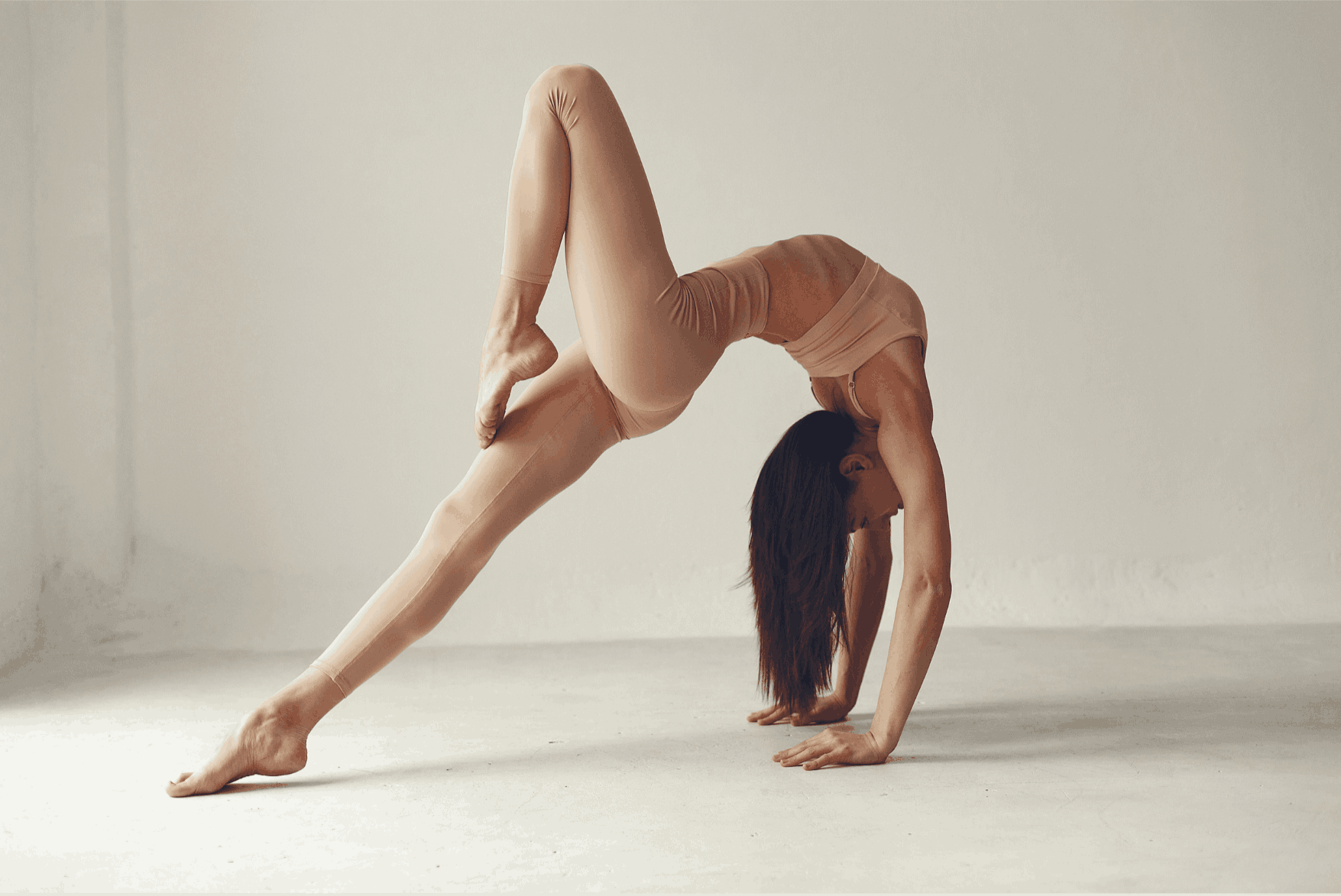
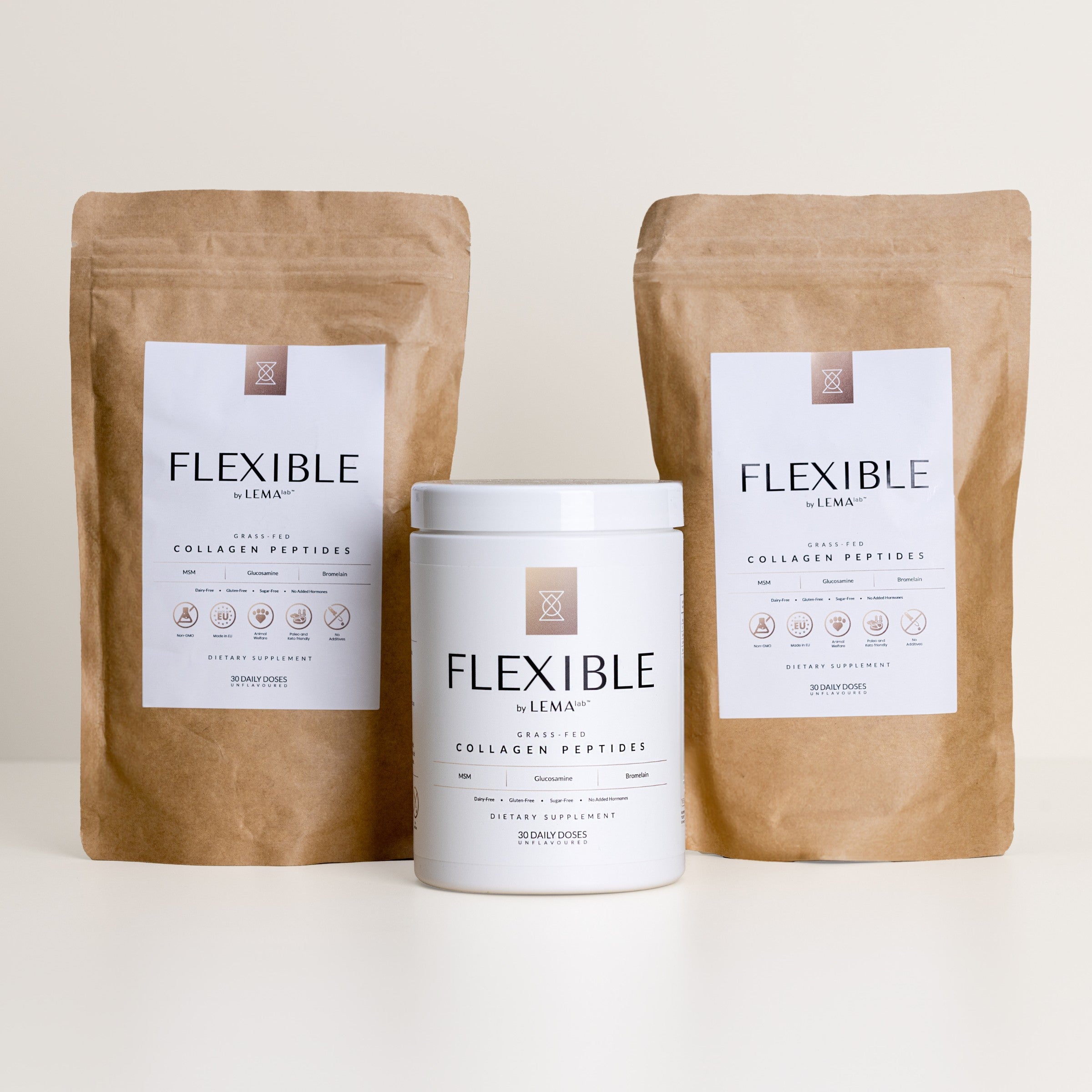
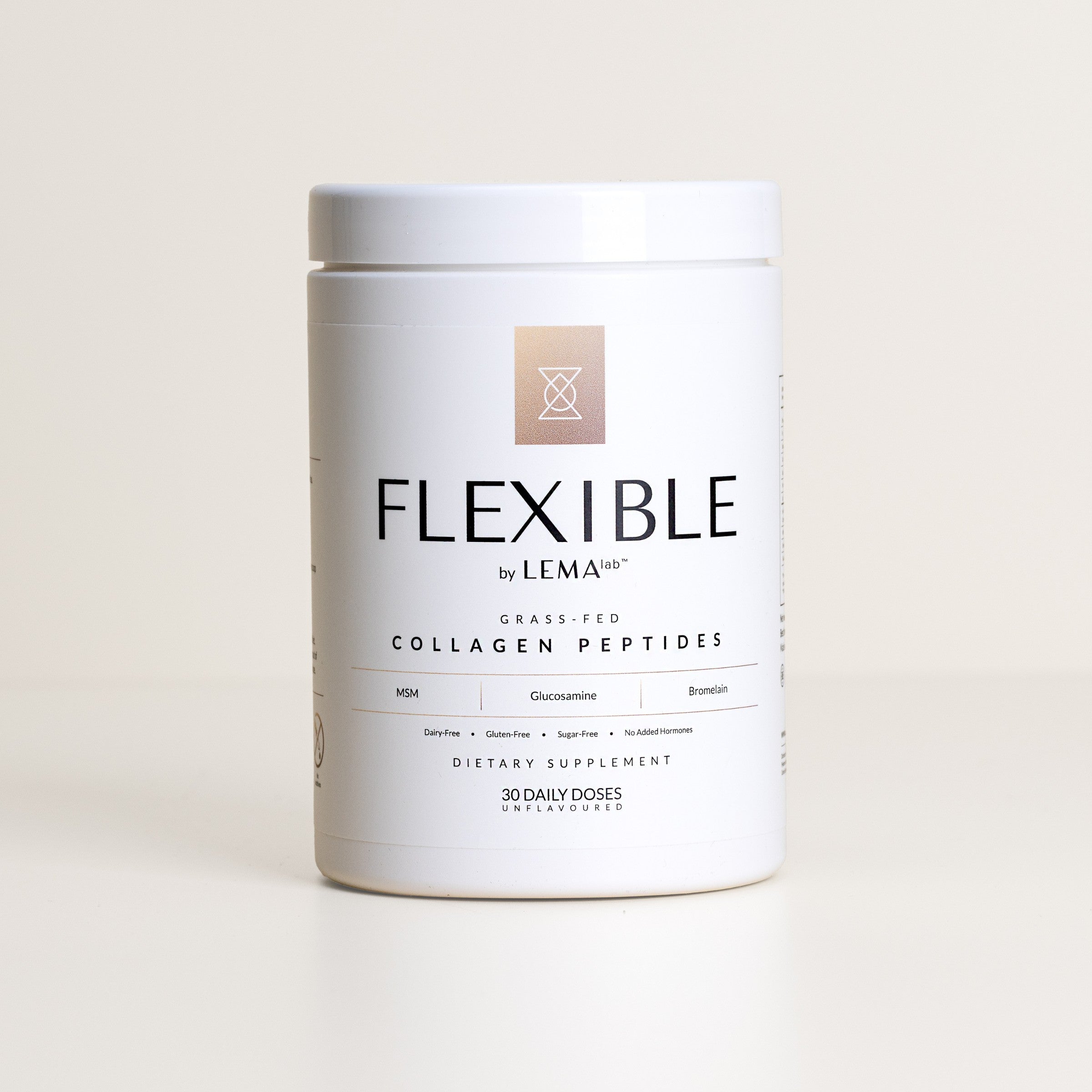
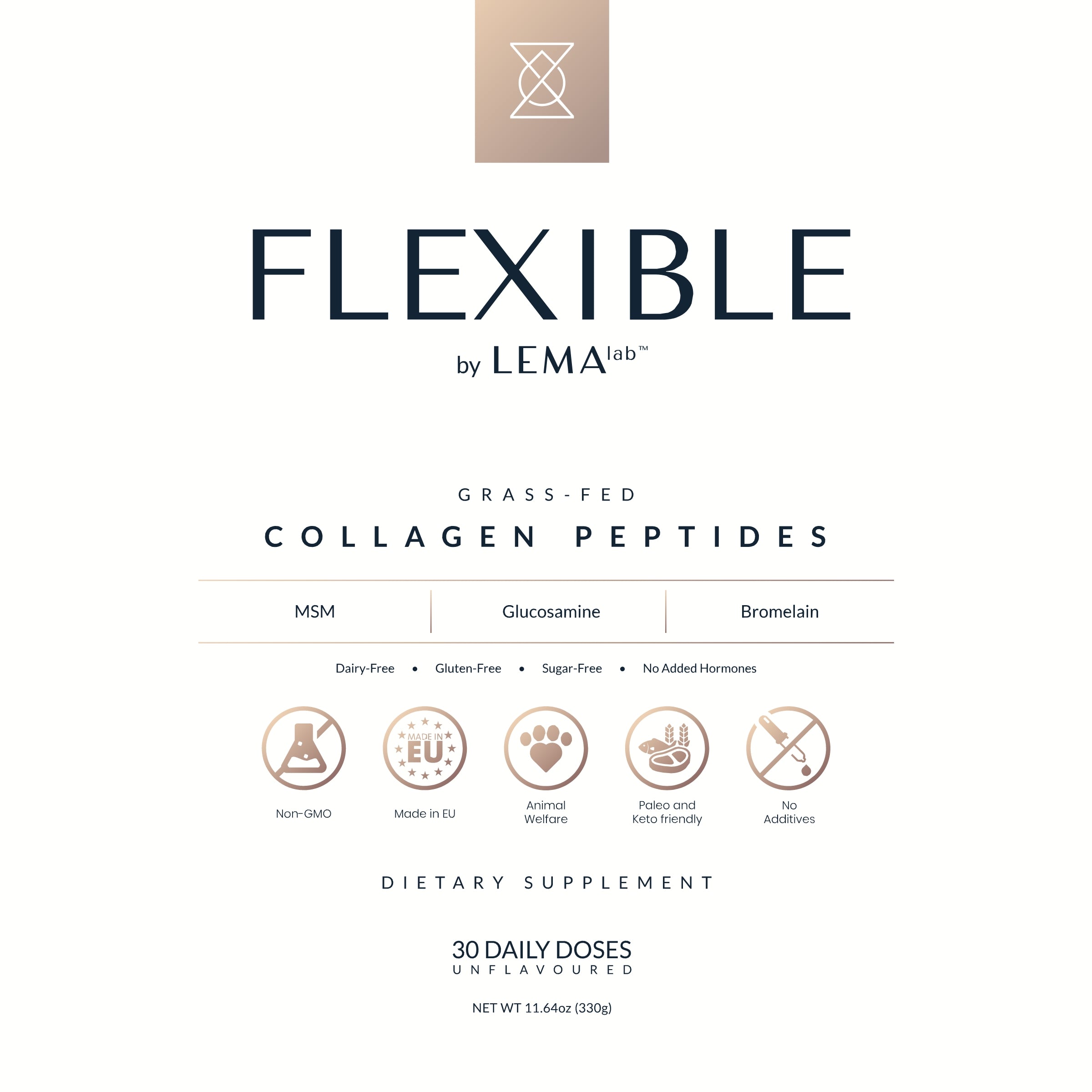
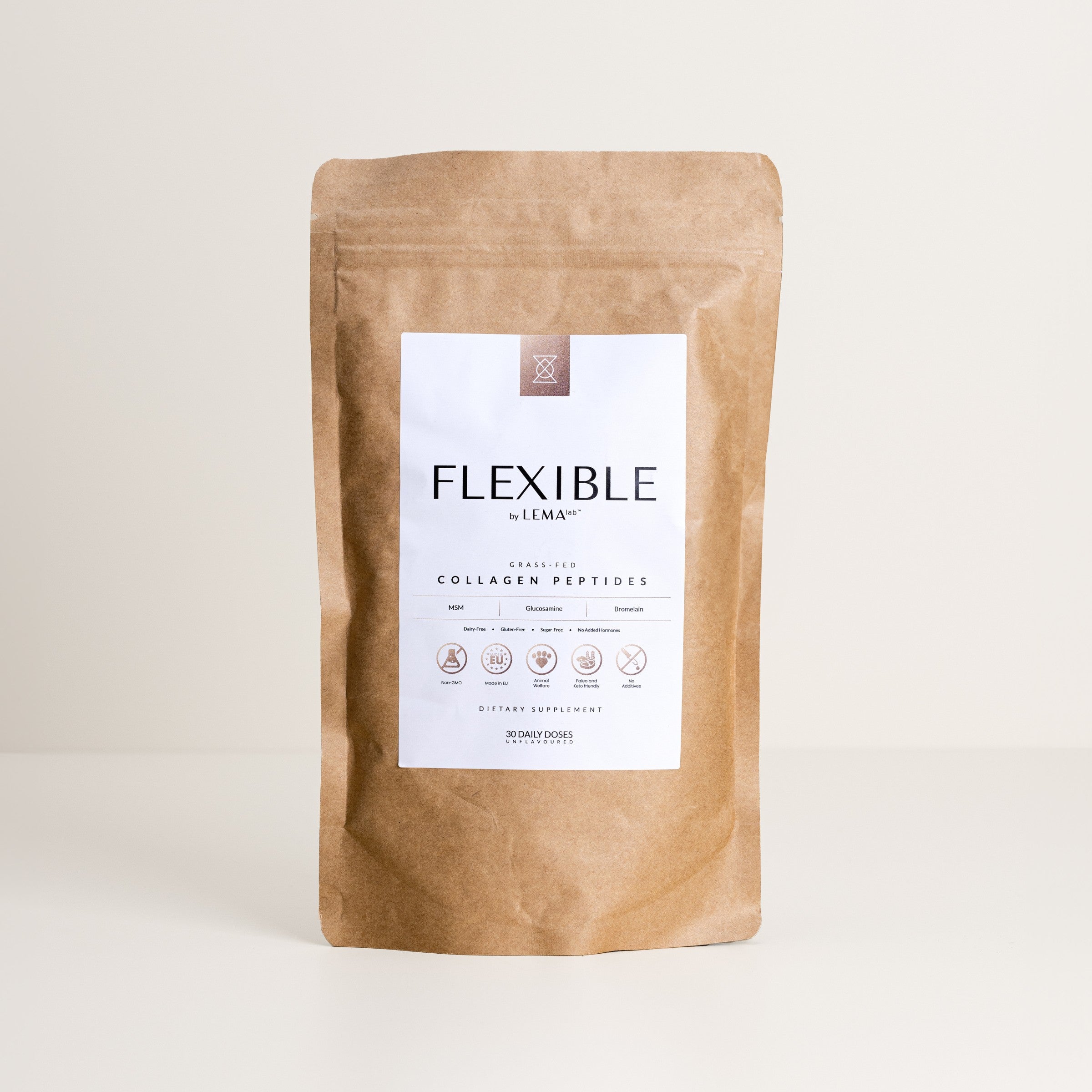
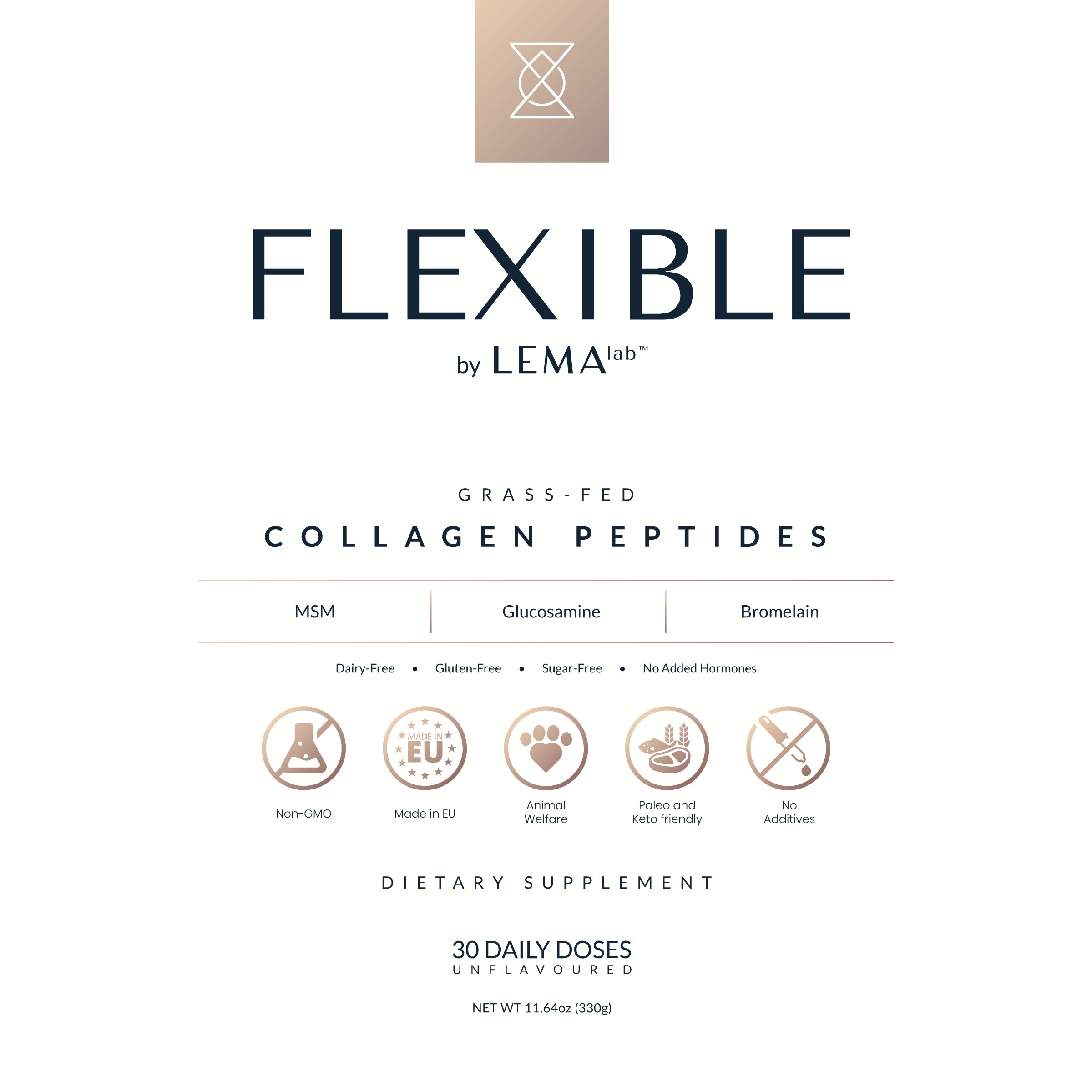
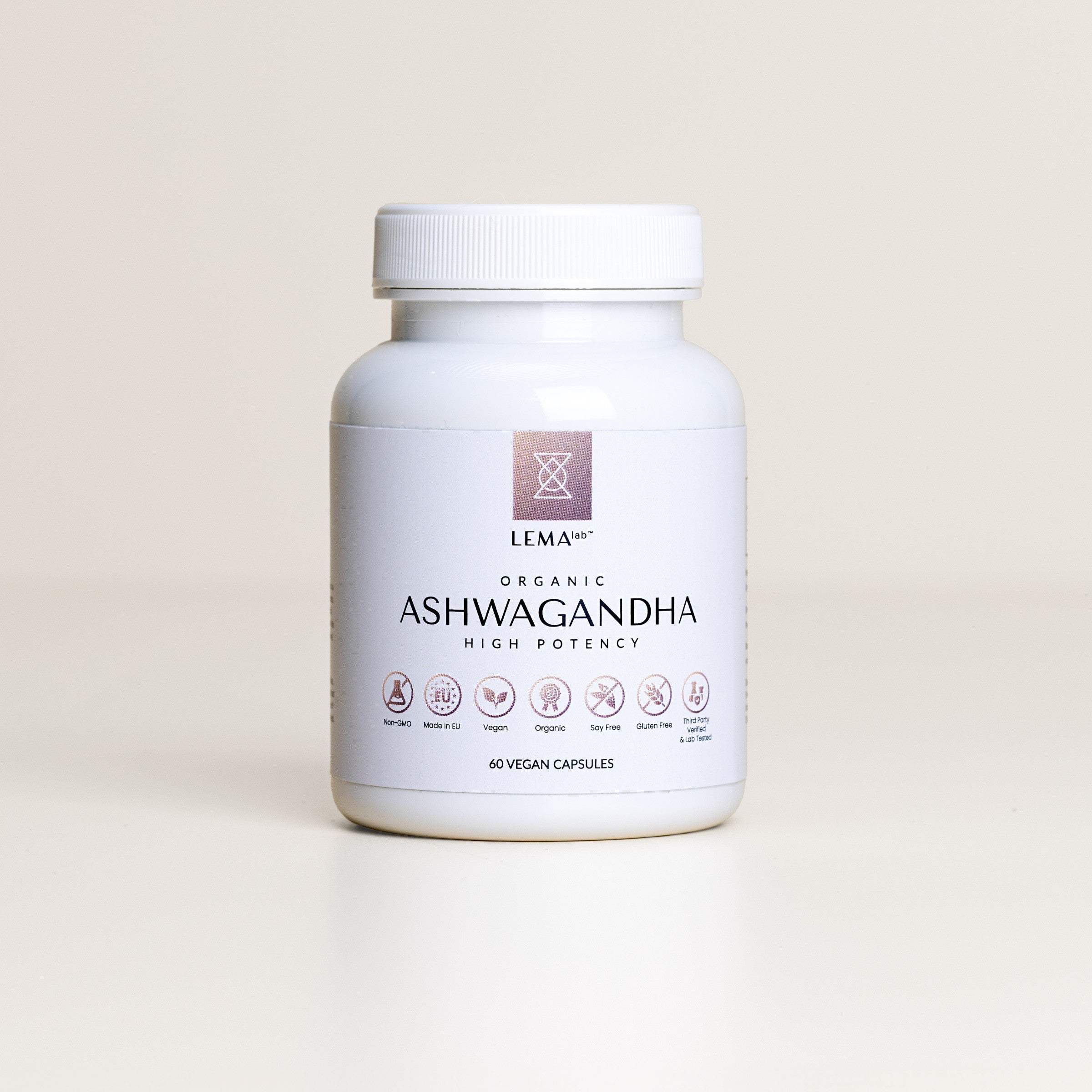
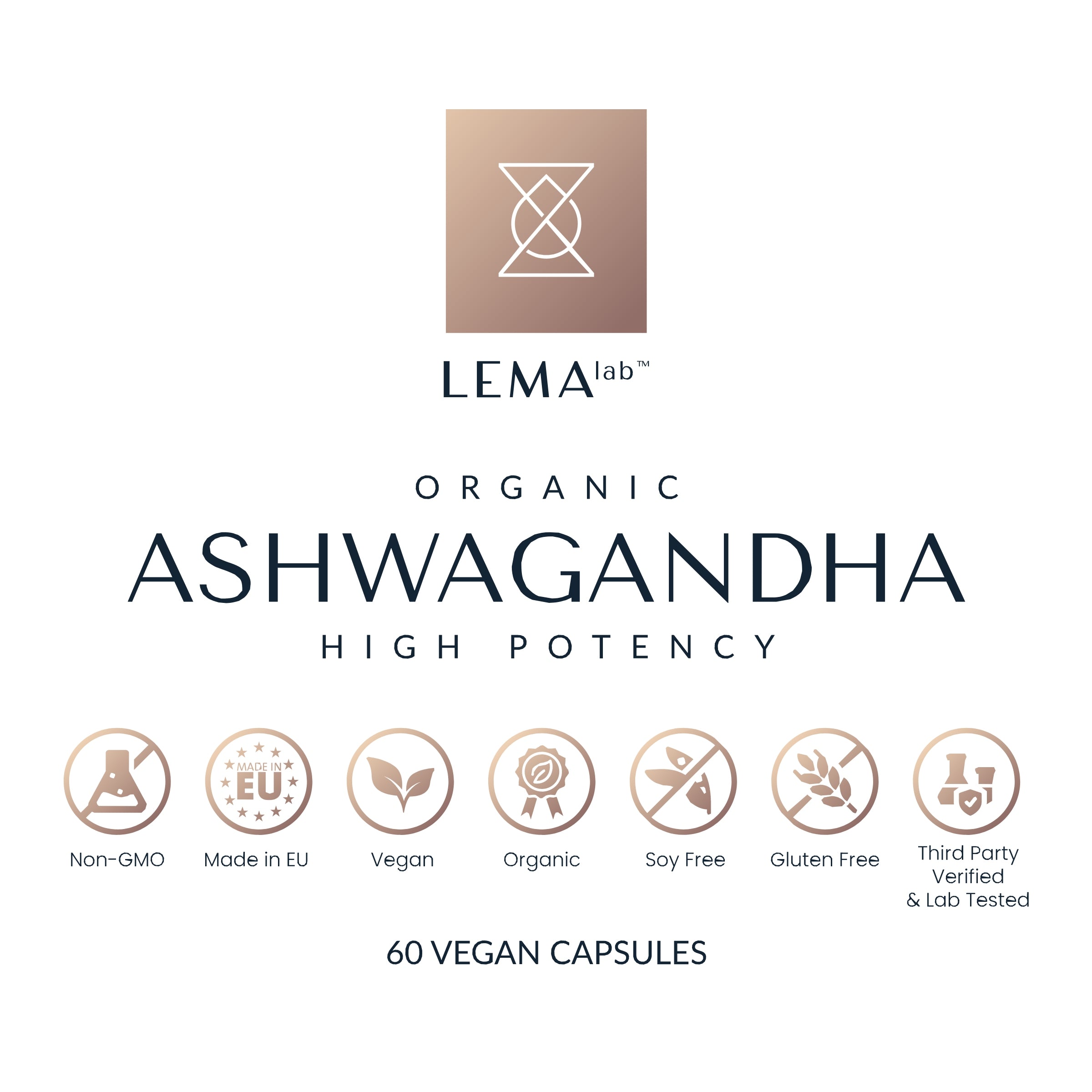
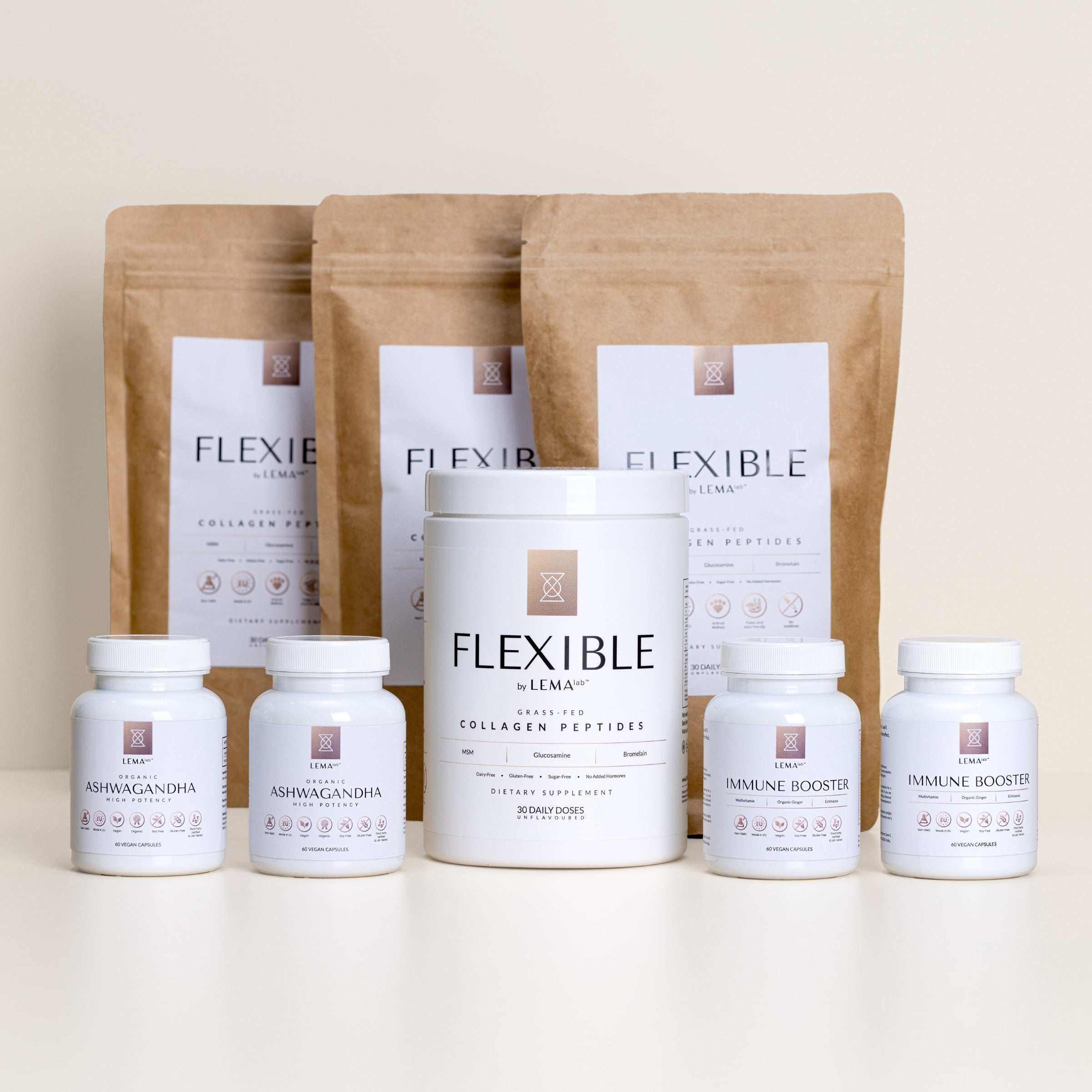
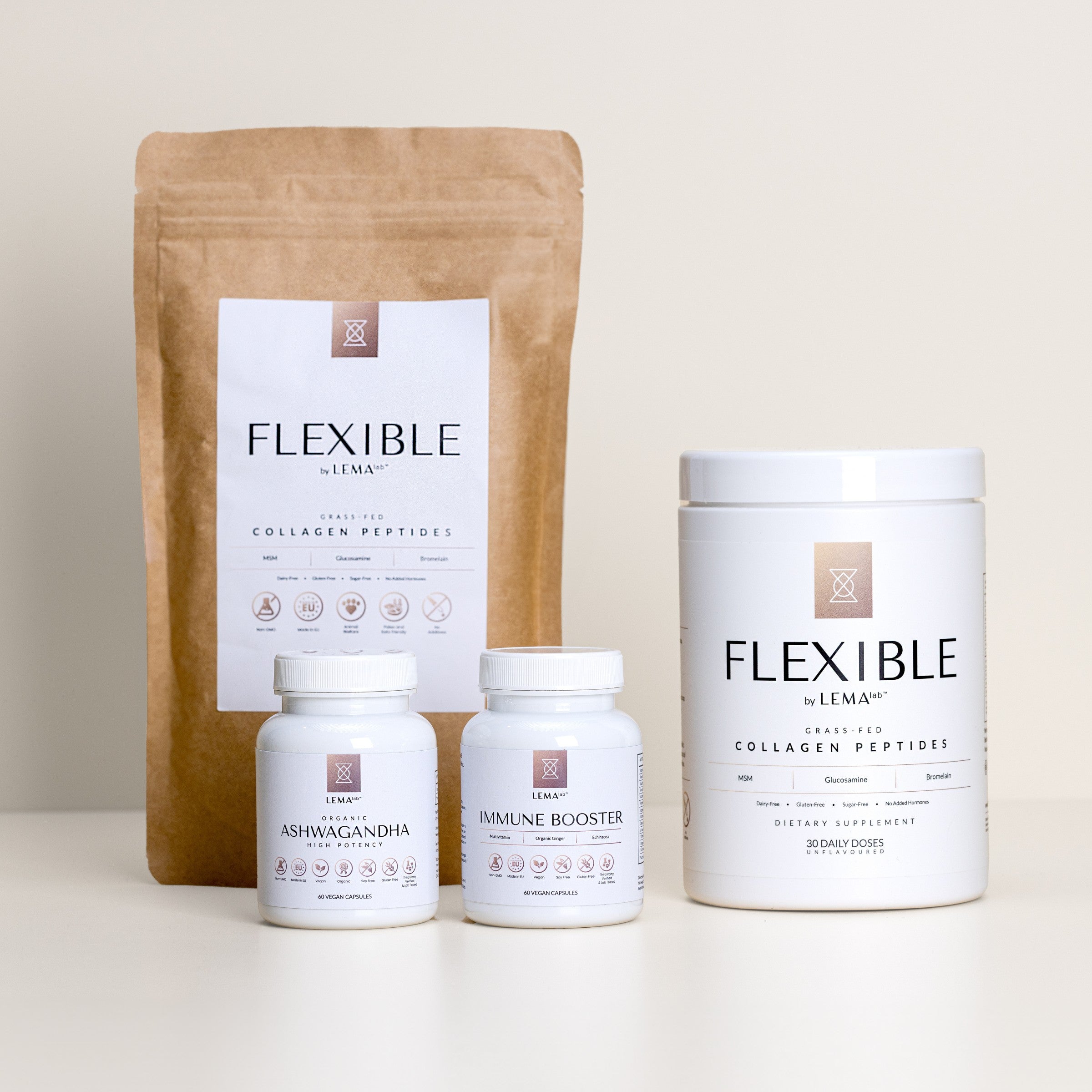

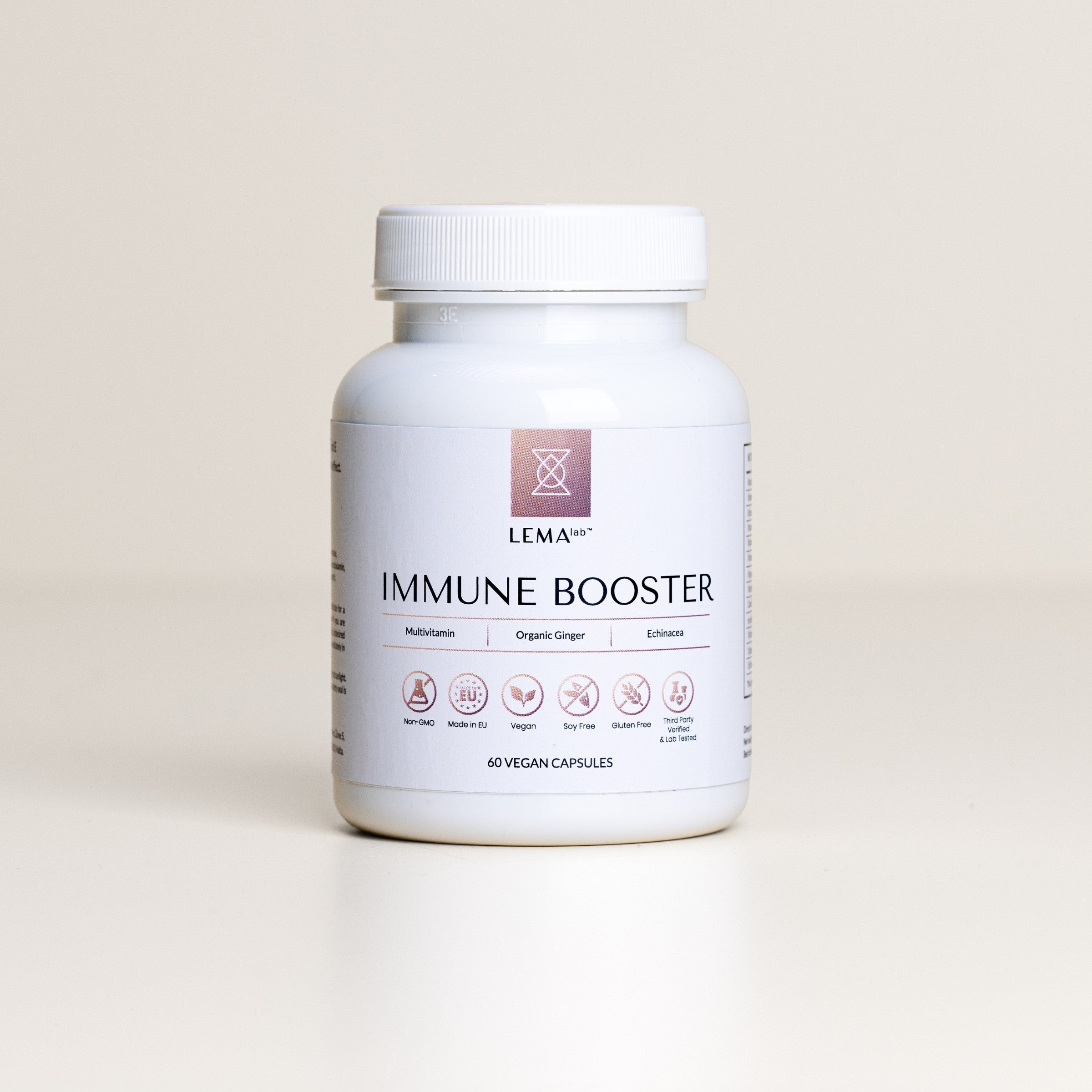
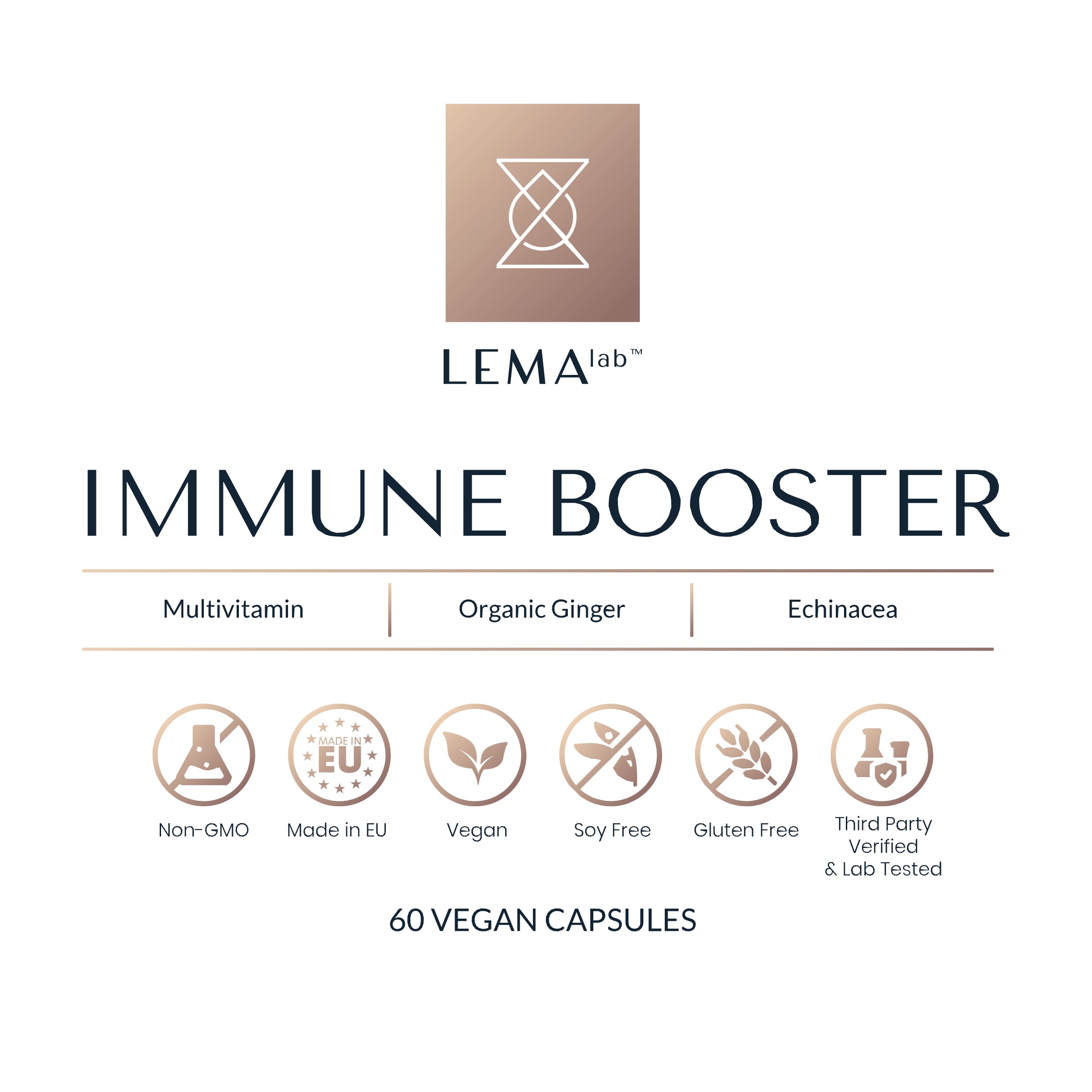
Leave a comment
This site is protected by reCAPTCHA and the Google Privacy Policy and Terms of Service apply.